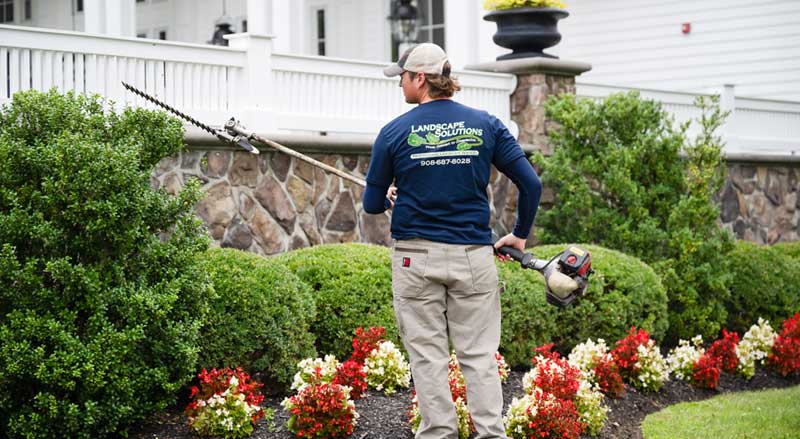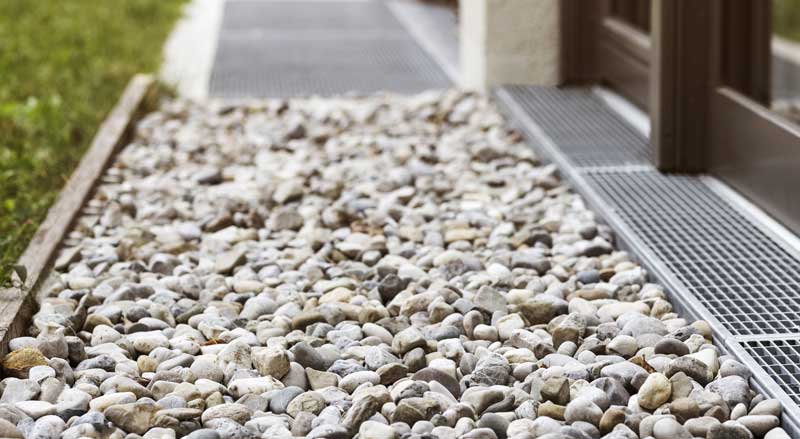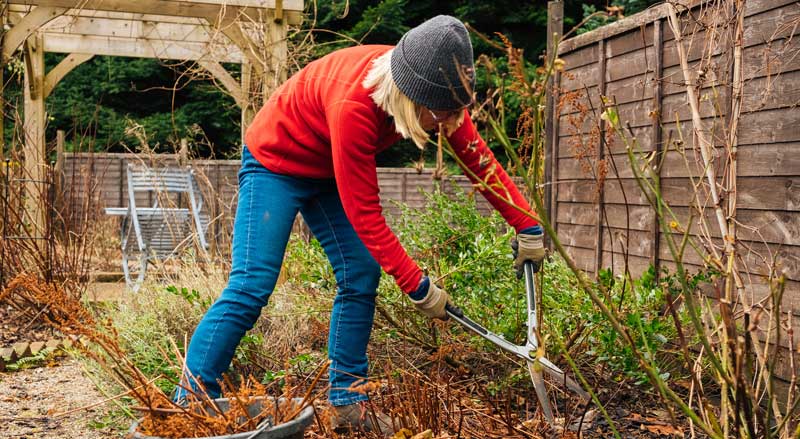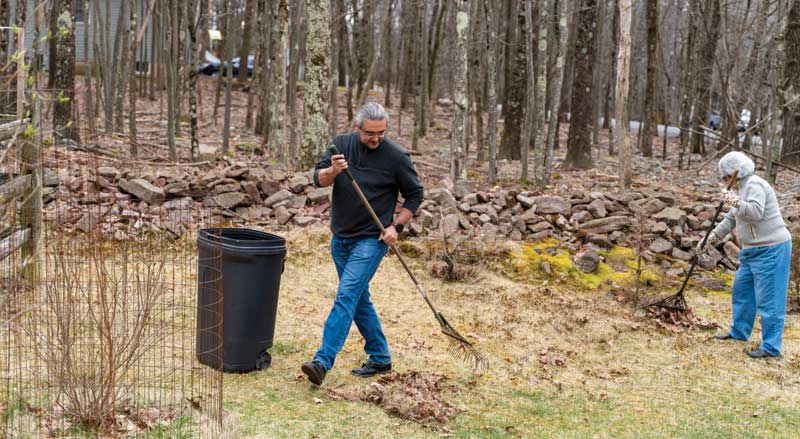Do you have a plant that looks thin, droopy, or even on the brink of death? Did it look great when you bought it last year, but this year it’s failing to thrive? Here’s how to tell if a plant is dead and when it needs a little extra TLC for revival?
There are many reasons why your planted friend may be going brown. But luckily, there are also ways to help revitalize it.
Look for Basic Signs of Life
Checking the leaves, roots, and stem of your plant will give you a better idea of its health.
Checking for Damaged Leaves
The most obvious sign your plant may be dying is the health of its leaves. Start by checking for any signs of damage.
Dry Leaves
Shriveled or crispy leaves could have several causes. However, if most of the leaves look dry or shriveled, your plant is probably dying.
Although, if you only notice the only the lower leaves are dry, you can save your plant. Add some fertilizer to your plant’s pot and give it some extra nutrients.
Planning to keep your plant outdoors? Remember, plants native to New Jersey are the best way to create a vibrant and healthy landscape.
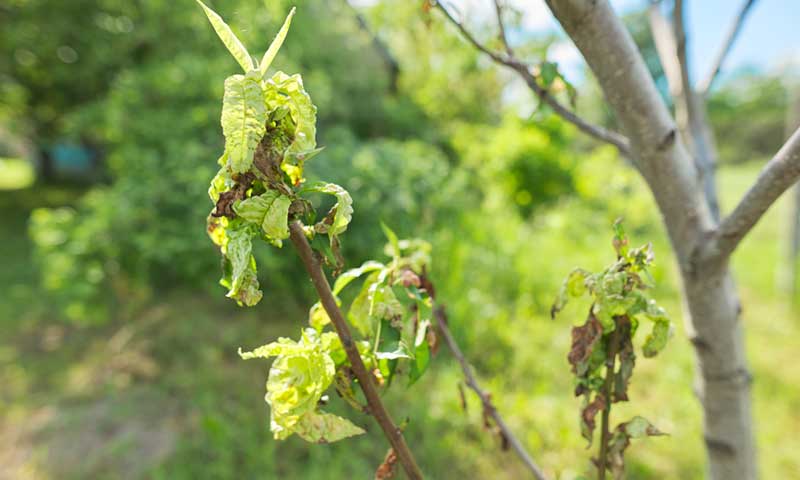
Wilting Leaves
Plants need balance to remain healthy. When they have too much or too little of something they tend to wilt.
If your plant is wilting it’s because it is being deprived of air, water, or nutrients.
For example, if you overwater your plants there won’t be enough oxygen in the soil for them to breathe. If your plants can’t breathe, they will be left wilting in the pot.
Conversely, too little water will also make your plants wilt. Providing dried out plants with water will make them perk up and come back to life.
There are many benefits of using mulch in your plant beds. It can provide the right balance of moisture for plants and keep them at a good temperature. But even too much mulch can make your plant’s leaves wilt by taking away nutrients.
Spots On Leaves
Spots on leaves are never a good sign because they signify disease. They are typically caused by either insects or fungi.
Yellow spots on leaves are a sign of aphids. Aphids are very common little pests that are attracted to the sap.
Aphids reproduce extremely fast. A few spots can turn into the destruction of your entire plant quickly.
Leaves that have holes or look torn are also signs of pest damage. If you are looking for a more natural remedy, try adding ladybugs to your plants. Ladybugs are known to snack on aphids and other plant pests.
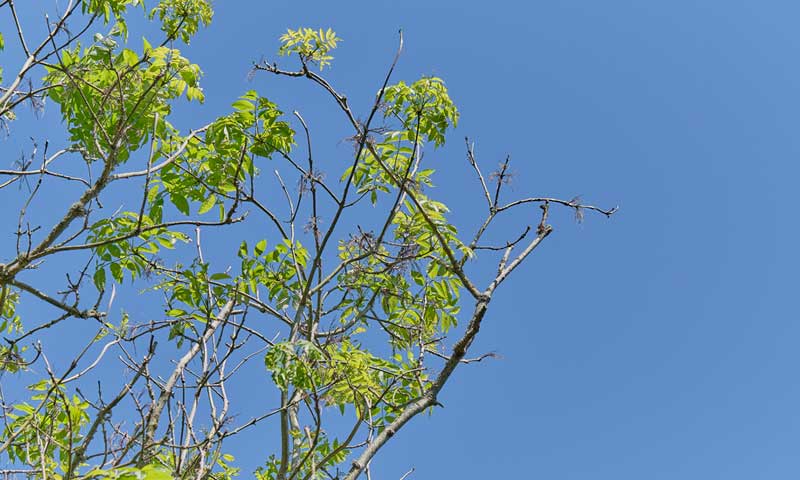
Dieback
Dieback is a lack of growth in plants, specifically shrubs or small trees. It is a sign of serious damage that could be due to multiple factors.
Dieback happens when the extremities of a plant, such as the roots or branches, cannot thrive. Often, it occurs due to disease or harsh weather.
To combat dieback, research optimal conditions for your plant. Provide it with the proper nutrients and plant it in a place where it won’t be harmed by harsh storms.
Signs of Damaged Roots
Roots can often tell you a lot about the health of your plant. If your plant’s leaves are damaged but the roots are well intact, there is still hope for your plant to survive.
Dry Roots
If you notice that the roots of your plant are extremely dry and brittle, this is a clear sign your plant is desperate for water.
The good news is that dry roots can easily be fixed by changing the amount of water intake for your plant.
Spongy Roots
Roots that appear to be mushy, spongy, and not firm are signs your plant has too much water. Overwatering causes roots to lose their shape and turn to mush.
Spongy roots will begin to decompose and smell. If your soil or plant smells mildewy, your plant is dead.
If you notice water collecting in areas of your landscape, it’s likely you have a drainage problem that needs a solution. This will affect the health and life of your plants as they won’t be able to withstand flooding.
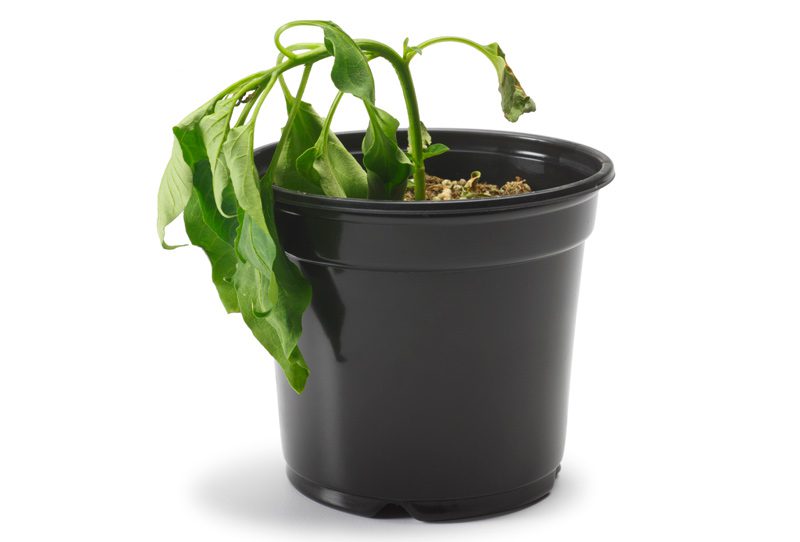
Check the Stems
A plant that is alive will almost always have pliable stems. A pliable stem will have some degree of flex when gently bent and will not easily snap or crumble.
If you do break the stem, was it a clean break or did it shred?
Clean breaks on a plant mean a dead limb; shredded breaks point towards water retention and life. After breaking the stem, look for hints of green in the newly exposed areas. Green indicates the plant is still alive, while no green means at least that part of the stem is dead.
If you’ve found green, you know your plant is going to make it. If you don’t see green, try gently scratching further down the stem. Use your fingernail or small knife to search for signs of green and moisture. If there is no green anywhere in the stems, roots can still be checked.
Carefully dig the plant from the soil and look for roots that are light, supple, and have little to no scent. Dead roots will either be mushy and smelly or dry and brittle. If your plant is still alive, consider the following reasons for its current condition.
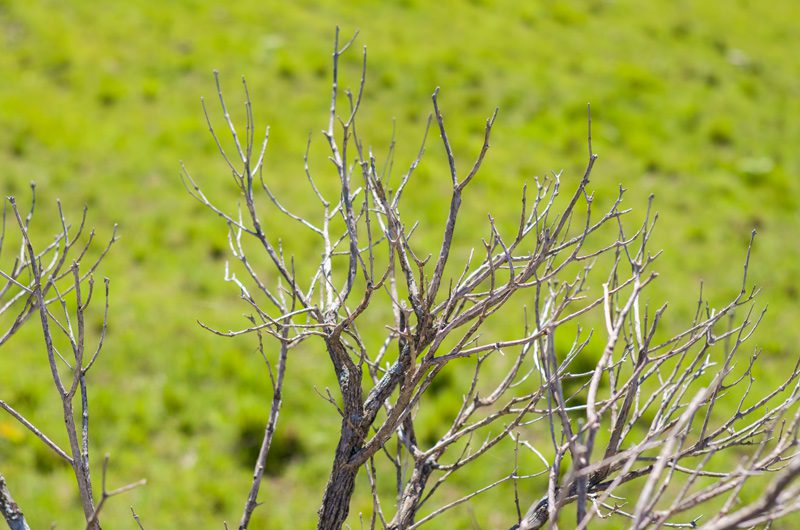
Going Dormant
Many perennials are deciduous plants. This means they may have periods of dormancy. During this time, they lose their leaves and even turn brown. For healthy plants, this happens during the colder seasons.
Once temperatures increase and sunlight returns most plants will begin to bloom. Plants may also go dormant during stressful events like times of drought.
If you have any forbs in your yard, it’s very common for them to lose their stems in stressful weather. If they do, don’t fret! When the nice weather returns, they’ll begin to bud at the crown, where the plant sits on the surface of the soil.
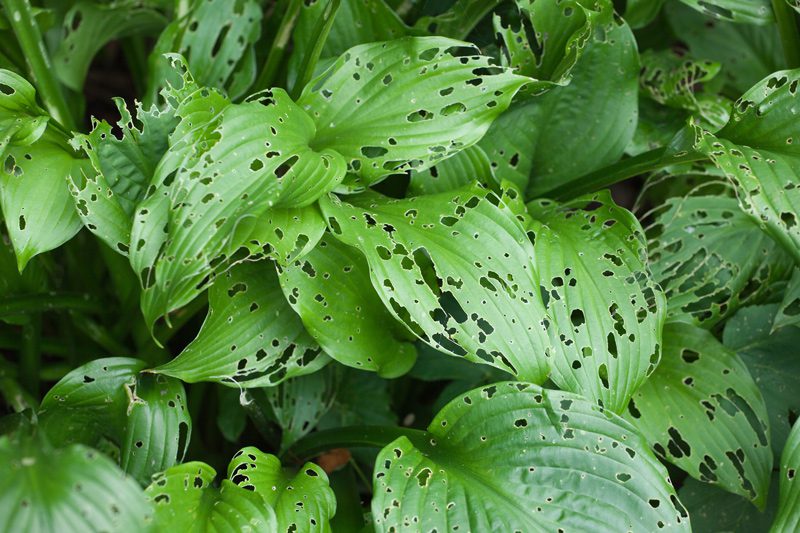
Illness or Poor Conditions
A plant that is sick may have an infestation. Look closely for signs of tiny insects, fungi, or other pests that might be killing your plant.
You should also smell the soil around the crown for any distinct, odd odor. This odor typically signifies that your plant has mildew or mold. If detected, seek out treatment methods specific to the pest and your plant may recover.
If there aren’t any signs of infestation, growing conditions may be too severe for your plant. If this is the case you should adjust for light, temperature, water, and nutrients. It will help to do a little research about your plant’s species to determine what variables to adjust.
When your plant begins to wilt, trim away dead leaves and stems. Preserve as much of the live plant as possible. You may also need to remove your weak plant from the intense sunlight. If that’s the case think about transplanting and applying shade.
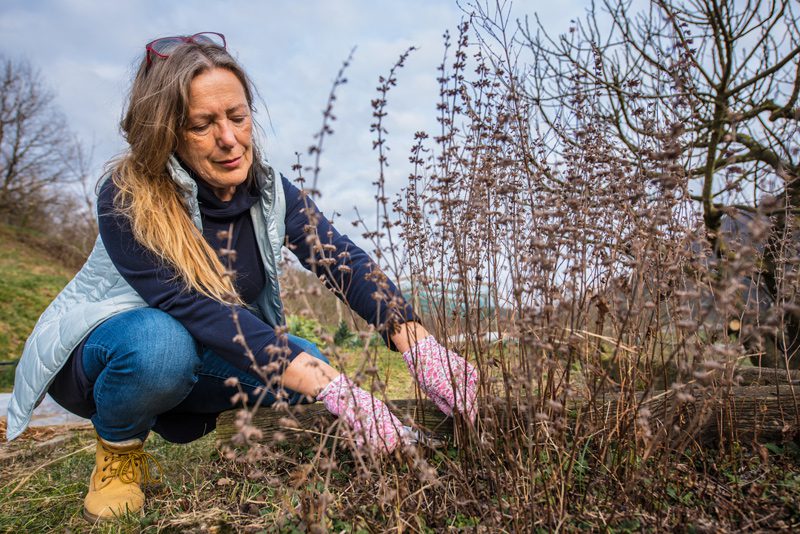
When to Quit
If you’ve attempted to help your plant and see very little sign of recovery, chances are it’s beyond help. Consider saving some time and energy and replace it with a healthier specimen.
From patios to plants, Landscape Solutions provides exceptional client communication and attention to detail. Our staff is comprised of designers, horticulturists, landscapers, and craftsmen who take pride in everything they create.
For more information about plantings in your landscape, contact us today. Our team is ready to help you achieve the landscape design your property needs.
This blog has been updated and republished in August 2021.


